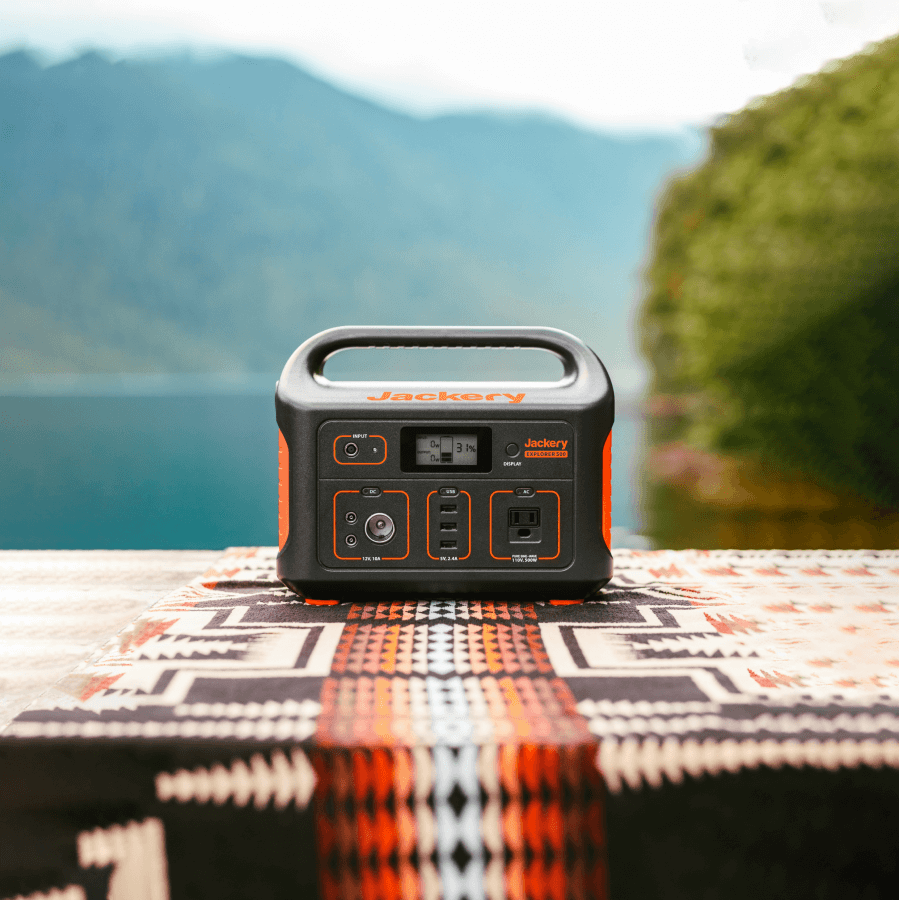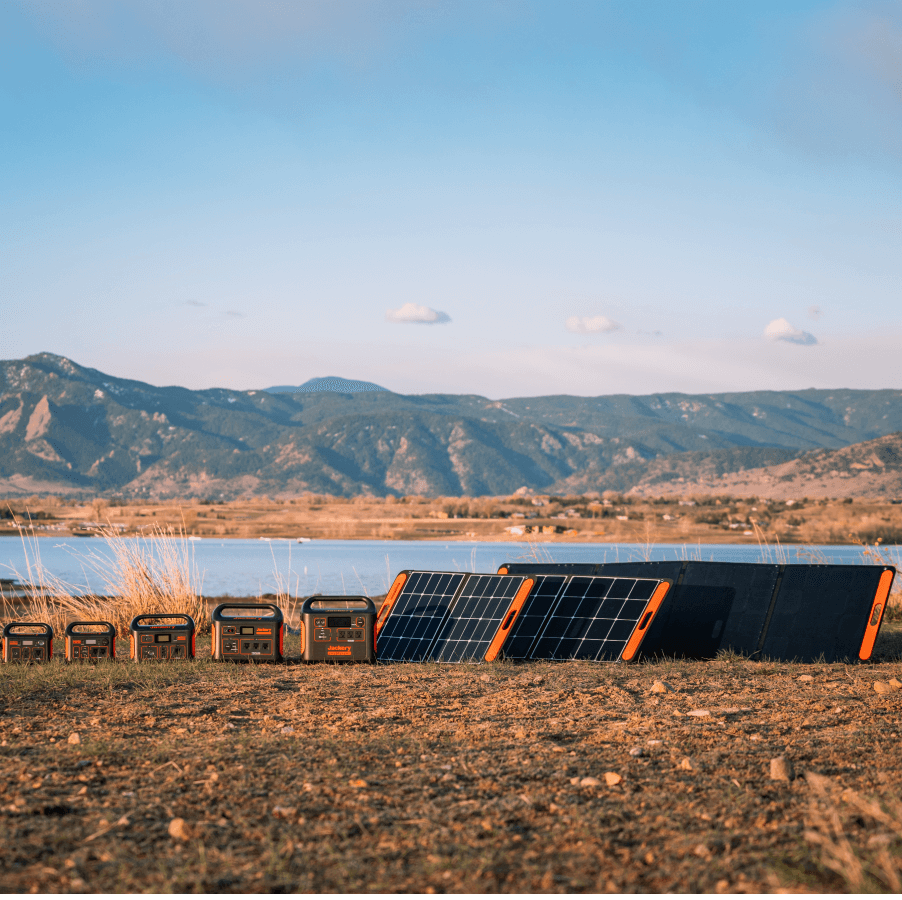Kayaking is one of Canada’s most thrilling outdoor activities, offering an intimate way to experience the country’s breathtaking waterways. Whether you're gliding through the serene lakes of Ontario, paddling alongside orcas in British Columbia, or navigating the rugged coastlines of Nova Scotia, kayaking in Canada is an adventure like no other.
This comprehensive guide covers everything from how to kayak as a beginner to choosing the best kayak tours, transporting your gear, and even essential gadgets like the best portable power station or solar generators for multi-day trips. Let’s dive in!
Overview of Kayaking in Canada
Canada’s vast and diverse landscapes make it a kayaker’s paradise. With thousands of lakes, rivers, and coastal waters, there’s no shortage of stunning places to explore. British Columbia, in particular, is a hotspot for kayaking adventures, with destinations like:
- Vancouver – Urban paddling with skyline and mountain views.
- Deep Cove – A peaceful escape just 30 minutes from downtown.
- Vancouver Island – Home to legendary kayak tours in Tofino and the Broken Group Islands.
Why Are Canadians into Kayaking
- Accessibility – Many cities have rental shops and guided kayak tours for beginners.
- Diverse Waterways – From calm lakes to ocean swells, there’s something for every skill level.
- Wildlife Encounters – Spot whales, seals, eagles, and more while paddling.
Whether you're a first-timer or an experienced paddler, Canada’s waters offer endless kayaking opportunities.
Why Kayaking is a Must-Do in Canada
1. Paddle Through Iconic Landscapes
From the turquoise waters of Moraine Lake in Alberta to the fjords of Newfoundland, Canada’s scenery is best seen from a kayak. Some top spots include:
- Banff & Jasper National Parks – Emerald lakes surrounded by the Rockies.
- Gulf Islands, BC – A kayaker’s dream with sheltered waters and marine life.
- Algonquin Park, Ontario – Perfect for multi-day trips with backcountry camping.

Source: https://www.freepik.com/free-photo/two-athletic-man-floats-red-boat-river_6440794.htm
2. Unforgettable Wildlife Encounters
One of the biggest draws of kayaking in Canada is the chance to see wildlife up close:
- Orcas & humpback whales (Pacific Coast)
- Bald eagles & herons (common near rivers)
- Seals, otters & beavers (lakes and coastal waters)
3. Embrace Canada’s Outdoor Culture
Kayaking is deeply rooted in Canadian adventure culture. Many towns host kayak festivals, and local outfitters offer guided kayak tours for all levels.
(Pro Tip: If you're new to paddling, joining a kayak tour is a great way to learn while exploring safely.)
A Checklist for What to Bring Kayaking
1.Choosing the Right Kayak
Before hitting the water, you need the right kayak for your adventure:
Types of Kayaks
Before hitting the water, you need the right kayak for your adventure:
Recreational Kayaks
- Best for: Calm lakes, slow rivers, beginners
- Features: Wide, stable, easy to maneuver
- Ideal for: Casual paddling, short trips
Touring/Sea Kayaks
- Best for: Open water, coastal kayaking, multi-day trips
- Features: Longer, sleeker, storage hatches for gear
- Ideal for: Advanced paddlers exploring Canada’s coasts
Sit-On-Top Kayaks
- Best for: Warm weather, easy entry/exit
- Features: Self-draining, stable, great for fishing
- Ideal for: Beginners & recreational use
Inflatable Kayaks
- Best for: Travelers, small storage spaces
- Features: Portable, lightweight, slower than hard-shell
- Ideal for: Casual paddlers with limited storage
Kayak Sizing & Fit
Length: Shorter kayaks (under 10 ft) are more maneuverable; longer kayaks (12+ ft) track better.
Width: Wider kayaks are more stable, narrower ones are faster.
Cockpit Size: Should allow easy entry/exit while snug enough for control.
(Pro Tip: Try before you buy! Many Canadian outfitters offer rentals so you can test different styles.)
2.Essential Kayaking Gear
Then, the essential gears should be prepared.
Must-Have Equipment
- Personal Flotation Device (PFD) – Canadian law requires a properly fitted life jacket.
- Paddle – Choose based on height & kayak width (refer to paddle sizing charts).
- Spray Skirt (for sit-in kayaks) – Keeps water out in rough conditions.
- Bilge Pump & Sponge – For removing water from the cockpit.
- Dry Bags – Protect phones, snacks, and extra clothes.
Safety Gear
- Whistle – For emergency signaling.
- Headlamp – Essential for low-light conditions.
- First Aid Kit – Always bring basic supplies.
- Communication Device – Waterproof phone case or VHF radio for coastal trips.
Clothing for Canadian Waters
- Warm Weather: Quick-dry shirt, hat, sunglasses with straps.
- Cold Weather: Wetsuit or drysuit, neoprene gloves, warm layers.
- Footwear: Water shoes or neoprene booties (no flip-flops!).
(Pro Tip: Even in summer, Canadian waters can be cold—always dress for immersion!)
How to Kayak – Basic Techniques
Getting In & Out of Your Kayak
Shallow Water Entry:
- Place kayak parallel to shore in knee-deep water.
- Stabilize with hands on cockpit rim, lower yourself in.
- Slide legs in while keeping weight centered.
Dock Entry (Advanced):
- Position kayak alongside the dock.
- Place paddle behind you for stability.
- Lower into the seat while keeping balance.
Proper Paddling Form
Hand Placement:
- Hold paddle with hands shoulder-width apart.
- Knuckles aligned with blade angle.
Forward Stroke:
- Rotate torso (not just arms).
- Submerge blade fully near toes.
- Pull back to hip, then lift out.
Reverse Stroke:
- Used for braking or backing up.
- Push water forward instead of pulling.
Sweep Stroke (Turning):
- Wide arc away from the kayak for smooth turns.
3. Bracing & Recovery
Low Brace:
- Used to stabilize in choppy water.
- Slap water flat-handed while leaning slightly forward.
Wet Exit (Capsizing):
- Stay calm, tuck forward.
- Pull spray skirt release strap.
- Push out of the cockpit and surface.
(Pro Tip: Practice wet exits in shallow water before venturing into deep areas!)
Safety Tips for Canadian Waters
1. Check Conditions Before You Go
- Weather: Avoid high winds & storms.
- Tides & Currents: Critical for ocean kayaking.
- Water Temperature: Cold water increases drowning risk—always dress appropriately.
2. Paddle With a Buddy
- Especially important for beginners.
- If solo, inform someone of your route & return time.
3. Know Your Limits
- Start on calm, sheltered waters before tackling rivers or open ocean.
- Avoid alcohol before/during paddling.
(Did You Know? Hypothermia is a real risk in Canada—always pack extra layers!)
Essential Safety Practices for Kayaking in Canada
Kayaking in Canada’s diverse waterways requires respect for nature and proper safety precautions. Unlike swimming pools or controlled environments, lakes, rivers, and coastal waters present unpredictable conditions, from sudden weather changes to cold-water risks. Here’s what every paddler must know before heading out:
Understand Water Conditions
Canada’s waters vary dramatically by region and season:
- Cold Water Shock (below 15°C) can incapacitate even strong swimmers within minutes. Always dress for immersion -- a wetsuit or drysuit is mandatory outside peak summer months.
- Tides & Currents matter most in coastal areas like BC’s Inside Passage or the Bay of Fundy, where tides can shift 12+ meters. Check local tide charts and avoid narrow channels during peak flow.
- Wind is a kayaker’s top enemy. On large lakes (e.g., Great Lakes, Lake Winnipeg), winds can whip up waves faster than you can paddle to shore. Monitor forecasts and stay close to shore if winds exceed 15 km/h.
2. Gear That Could Save Your Life
Beyond the basics (PFD, paddle, whistle), these often-overlooked items are critical in Canada:
- Thermal Protection: A drysuit isn’t optional for spring/fall paddling. Hypothermia begins when core temperature drops just 2°C.
- Tow Line (10-15m): Essential for assisting others or securing your kayak if you capsize.
- Navigation Tools: A waterproof map/chart and compass (not just GPS) in case of device failure. Cell service is unreliable in remote areas.

Source: https://www.freepik.com/free-photo/females-kayak-taking-selfie_10296341.htm
3. The Canadian "Rules of the Water"
- Right of Way: Powerboats technically must yield to kayaks, but never assume they’ve seen you. Paddle defensively.
- Wildlife Protocols:
▪Orcas (BC): Stay 200m away--it’s federal law.
▪Moose (Northern Lakes): Give breeding cows wide berth; they’re aggressive.
- Leave No Trace: Pack out all trash, including biodegradable food. Canadian ecosystems are fragile.
4. When to Call It Quits
Even experts get caught off guard. Abort your trip if you notice:
- Fog rolling in (reduces visibility to near-zero on water).
- Unexplained muscle cramps (early sign of hypothermia or dehydration).
- Sudden silence from wildlife (often precedes storms).
Pro Tip: The "1/3 Rule" for Energy Conservation
Paddle 1/3 of your energy out, 1/3 back, and keep 1/3 in reserve for emergencies. Many Canadian waterways have limited access points. Running out of stamina mid-lake is no joke.
Safety isn’t about fear; it’s about preparation. Canada’s waters reward those who respect their power.
Powering Your Kayak Adventure – The Jackery Explorer 500 Portable Power Station
When embarking on multi-day kayaking trips in Canada’s wilderness, reliable power is non-negotiable. Whether you’re charging a GPS, emergency radio, or camera to capture stunning landscapes, the Jackery Explorer 500 Portable Power Station is the ultimate companion for paddlers who prioritize lightweight gear and off-grid reliability.

Why the Jackery Explorer 500 is Perfect for Kayakers
Ultra-Lightweight (13.3 lbs / 6 kg):
One of the lightest 500W power stations on the market, making it easy to stow in a dry hatch without weighing down your kayak.
Water-Resistant & Durable:
While not fully waterproof, its rugged casing protects against splashes and light rain—ideal for unpredictable Canadian weather. Always store in a dry bag for extra protection.
Multiple Charging Options – Powers all your essentials:
- AC Output (500W) – Run small appliances like a travel blender or recharge a drone.
- USB-A & 12V DC Ports – Charge phones, headlamps, and GPS devices simultaneously.
- Car Charging Compatibility – Replenish power via your vehicle while driving to launch points.
Fast Solar Charging (Optional):
Pair with a Jackery SolarSaga 100W panel (sold separately) for unlimited renewable energy on extended trips.
How Kayakers Use the Jackery Explorer 500
- Emergency Preparedness: Keep radios and headlamps charged during sudden storms.
- Photography: Power DSLR cameras and drones to document wildlife encounters.
- Campsite Comfort: Run LED string lights or a mini-fridge for luxury backcountry camping.
(Pro Tip: For maximum efficiency, pair with a waterproof dry bag and pre-charge via solar before your trip!)

FAQ About Kayaking
1. Is Kayaking Hard for Beginners?
Not if you start on calm water and learn basic strokes. Most beginners feel confident after 2-3 outings.
2. Solo Kayaking vs. Kayak Tours – Which is Better?
- Solo Kayaking – Requires gear, navigation skills, and safety knowledge.
- Kayak Tours – Great for beginners; includes gear, guides, and local insights.
3. What Gadgets Should I Bring?
- Waterproof phone case
- Best portable power station (for charging devices on long trips)
- Solar power station (ideal for off-grid adventures)
Final Thoughts: Ready to Paddle Canada’s Waters?
Kayaking in Canada is more than just a sport—it’s a way to connect with nature and experience the country’s wild beauty. Whether you're joining a kayak tour or venturing out solo, the adventure is always worth it.
For your special water adventure, let Solar Generator Canada from Jackery power you up.



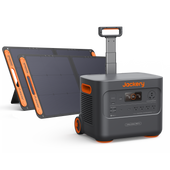


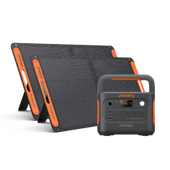

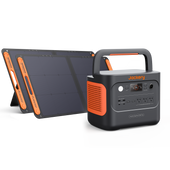


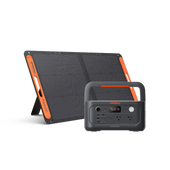
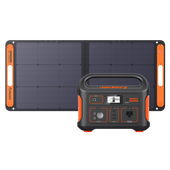


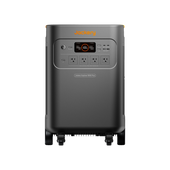
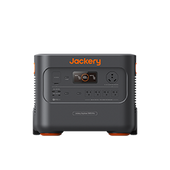
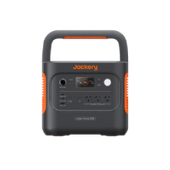
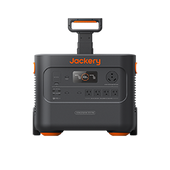
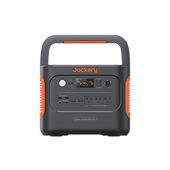
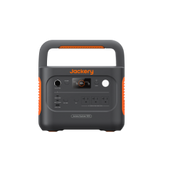
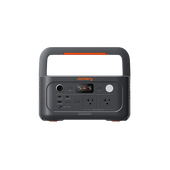
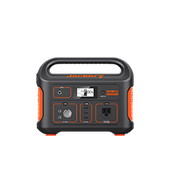
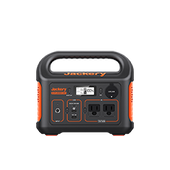
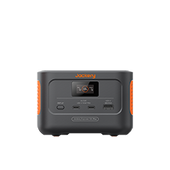
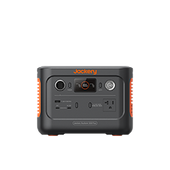

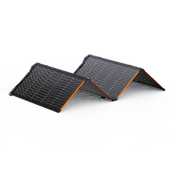
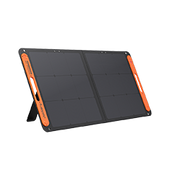
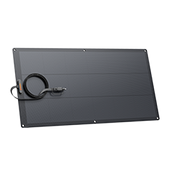
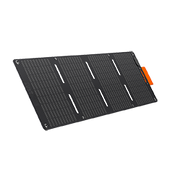
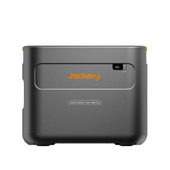
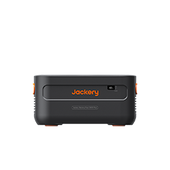



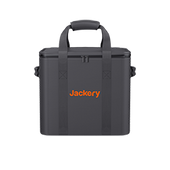
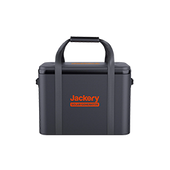
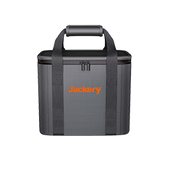
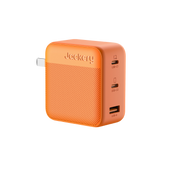
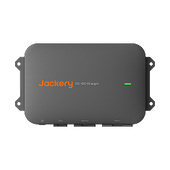
![[Add-on] Jackery Manual Transfer Switch for Explorer 5000 Plus](http://ca.jackery.com/cdn/shop/files/add-on-jackery-manual-transfer-switch-for-5000-plus-240V.webp?v=1757043692&width=170)
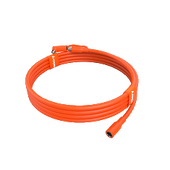

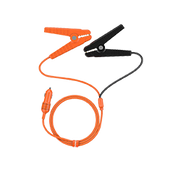
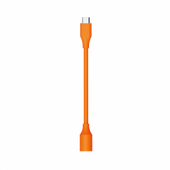
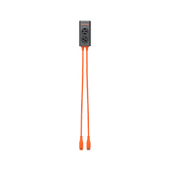


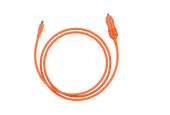
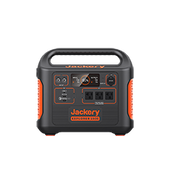
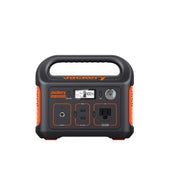
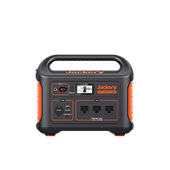


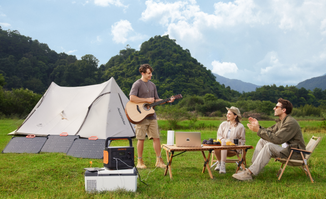
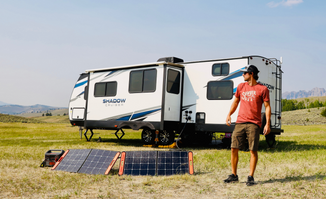

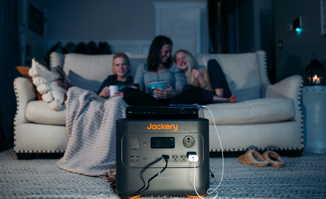
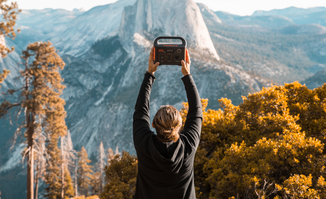

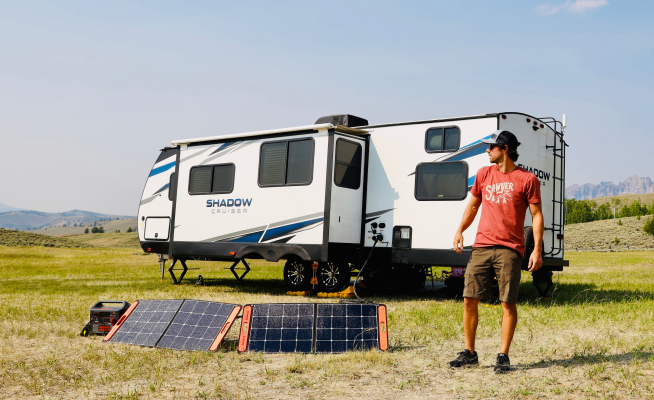

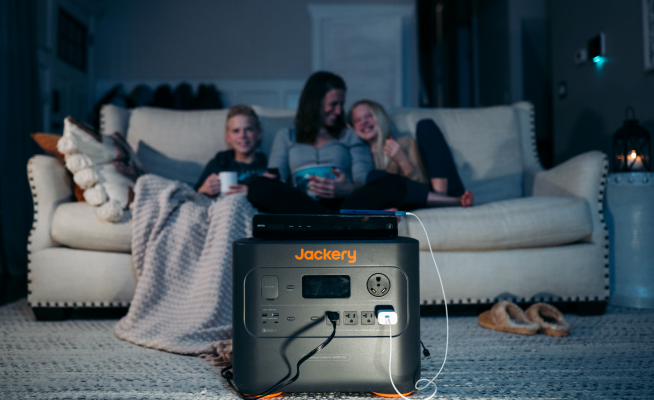
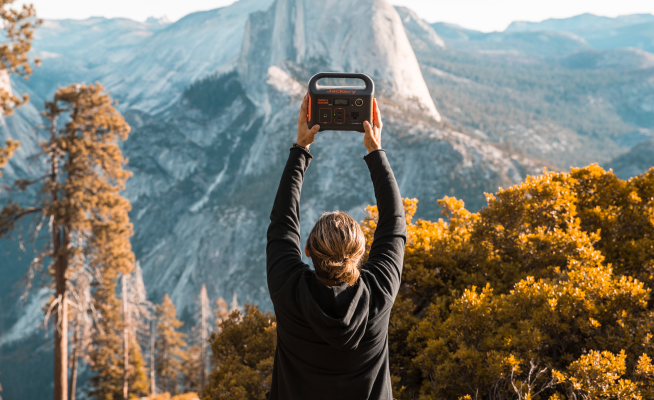





![[For Beginners] How to Kayak?](http://ca.jackery.com/cdn/shop/articles/Kayaking_in_Canada_1c7961ea-cce9-4aaf-9617-f657068659cf.png?v=1747797184)




